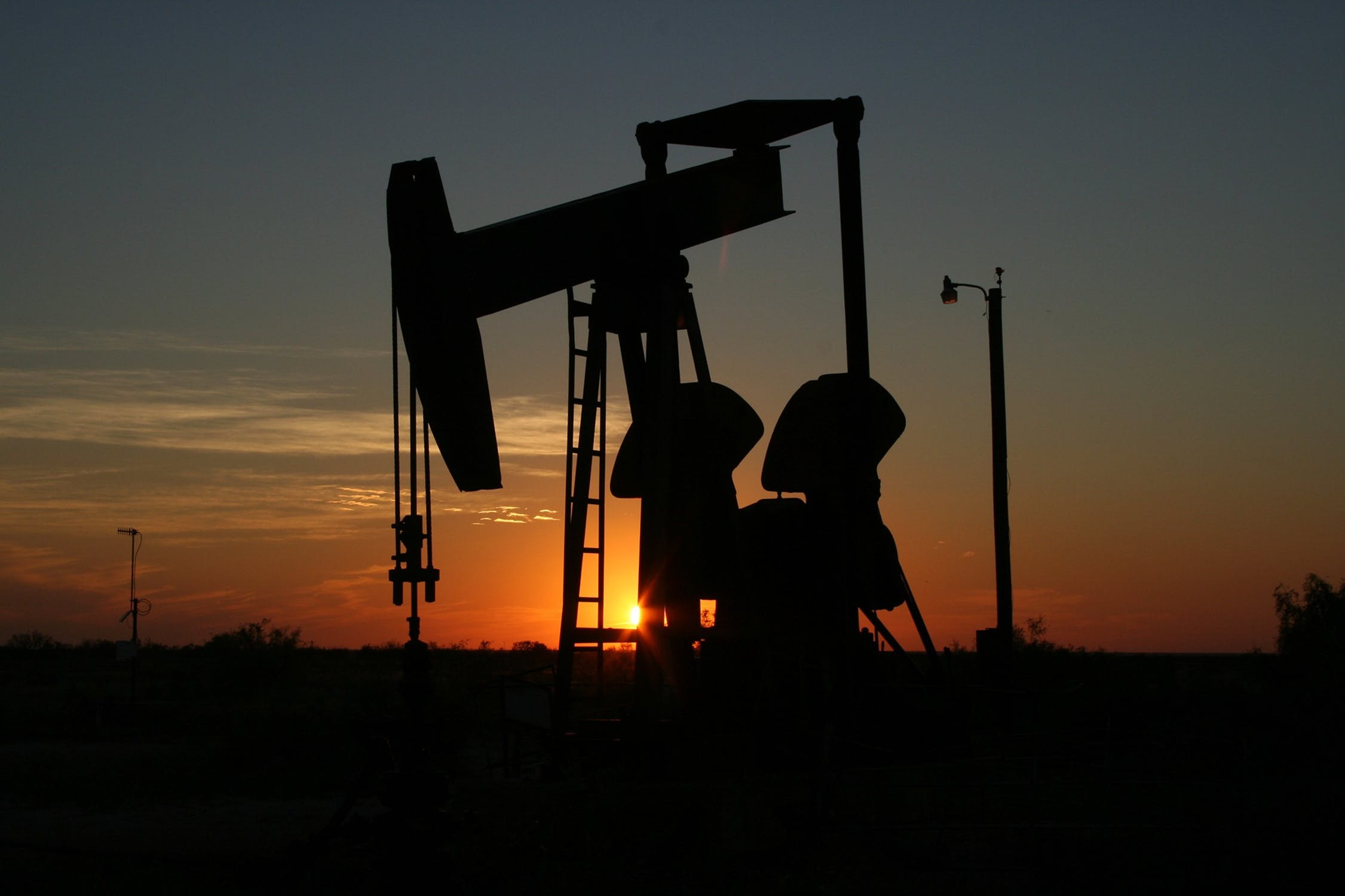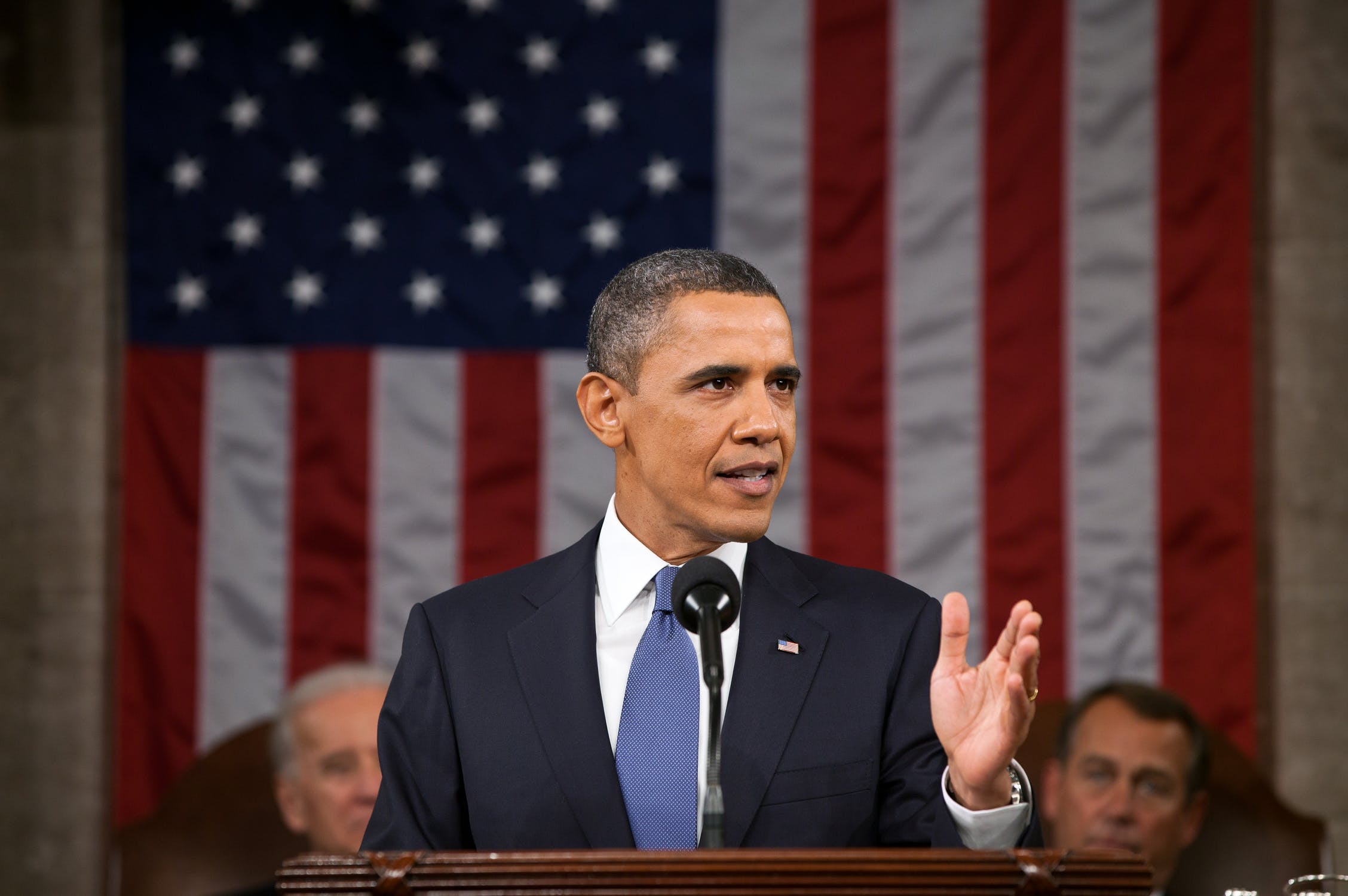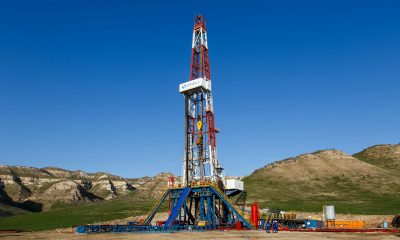Business
Is the US close to oil independence?
When Obama lifted the ban on exporting crude oil, the US wasted no time in making their own. By 2020, America might be regarded as the biggest oil producer.

Almost two years ago, the Saudis acknowledged they had a problem. The price of oil was too low.
The oil-rich county had fought a surge in supply from American frackers by opening the taps, and the move pushed oil prices to their lowest level in decades.
Even though the Saudis and other OPEC members still held onto market share, they were bleeding cash because their government budgets were modeled on oil closer to $80 than $30.
After several years of gushing the black crude, Saudi Arabia led a movement inside OPEC, along with several non-OPEC producers like Russia, to trim supply and push the price of oil higher.
I was skeptical. No, that’s not quite right.
Closer to the truth, I laughed at the notion that any member of this group would hold to their agreement to limit production. They’d so often lied to each other in the past.
Today, the price of oil is 80 percent higher than it was in 2016, and OPEC, along with its non-member co-conspirators, has kept to its agreement to shave production by 200,000 barrels per day, which has dramatically cut the global supply glut.
Add to that the geopolitical concerns swirling around our nuclear agreement with Iran and the potential for new sanctions that could cut Iranian oil supply, and you have a great recipe for sustained high oil prices.
To that, I only have one thing to say to OPEC, et al. Thank you, thank you very much!
The Saudis tried to stem the rise of American fracking companies by pumping more oil from 2012 to 2016, but the genie was already out of the bottle.
The increased supply weighed on the price of oil, and caused frackers and their investors a lot of pain, but the approach wasn’t enough to overcome the technological advances made in the North American oil industry.
The land oil rig count in North America, which is mostly U.S. frackers now, peaked at 1,592 in October 2014.
With OPEC and others producing oil like mad and driving the price lower, oil companies here shut down their rigs, dropping the count to 292 by May 2016.
But with prices once again on the rise, the count is back up to 1,101.
That’s particularly good news in my neck of the woods, near Houston, Texas, the oil refining capital of the U.S.
It’s great news for America in general because we’re now producing a record amount of oil, and in 2015, the Obama administration lifted the ban on exporting crude oil.
These circumstances are a complete turnaround from what we saw in prior decades when higher oil prices meant that Americans shipped more cash to overseas producers.
Yes, we still buy foreign oil because of logistics and efficiencies, but on net, we’re getting closer to oil independence.

Obama’s suspension of the oil ban was a way to solve the mismatches between domestic oil quality and domestic capacity to handle volumes of oil. (Source)
By the mid-2020s, we’ll be the largest oil producer in the world.
Higher prices mean that other nations will pay us more for our resource, and that’s a great thing.
But what about gas prices?
Now, there is the sticky (no pun intended) issue of gas prices. With rising oil prices, consumers will definitely pay more at the pump.
It hurts to watch the digits roll by when we fill up our cars, but when we compare the overall cost of fuel today with previous eras, we’re in great shape.
In 1972, before the oil shock, a barrel of oil cost $4.75 and gasoline cost a mere $0.36 per gallon.
Today, oil sits at $71 and gasoline costs $2.81. The inflation-adjusted prices from 1972 are $28.63 for oil and $2.17 for gas. That puts oil prices today 147 percent higher than the inflation-adjusted rate, and gasoline up 30 percent more than inflation.
For drivers, this would be awful news, except for one thing. We don’t buy as much gas.
In 1972, the average driver traveled 10,100 miles per year, which is fewer miles than today’s driver at 12,000 miles.
But back then, we drove land yachts that averaged a whopping 13.4 miles per gallon so we burned 754 gallons of gas. Today we drive more miles, but our cars get much better mileage, covering more than 24 miles per gallon.
The average driver in the U.S. uses about 500 gallons of gas, or one-third less than the driver in 1972. Comparing inflation-adjusted dollars spent, today we cough up $1,405 for gas per year, whereas our 1972 counterpart paid $1,636 per year.
I’m not a big fan of paying more for, well, much of anything. But the pain is softened when I know the extra bucks are flowing down the road to American companies and workers.
In that sense, it feels pretty good to have been so wrong about the price of oil.
So again, I say thank you to Saudi Arabia, OPEC, and Russia. Thank you very much.
—
DISCLAIMER: This article expresses my own ideas and opinions. Any information I have shared are from sources that I believe to be reliable and accurate. I did not receive any financial compensation for writing this post, nor do I own any shares in any company I’ve mentioned. I encourage any reader to do their own diligent research first before making any investment decisions.

-

 Markets2 weeks ago
Markets2 weeks agoShockwaves of War: U.S. Strikes Iran, Markets Teeter, Global Risks Rise
-

 Fintech2 days ago
Fintech2 days agoRipple Targets Banking License to Boost RLUSD Stablecoin Amid U.S. Regulatory Shift
-

 Crypto1 week ago
Crypto1 week agoCoinbase Surges: Bernstein Targets $510 as COIN Hits Highest Price Since IPO
-

 Markets5 days ago
Markets5 days agoCoffee Prices Decline Amid Rising Supply and Mixed Harvest Outlooks

























You must be logged in to post a comment Login